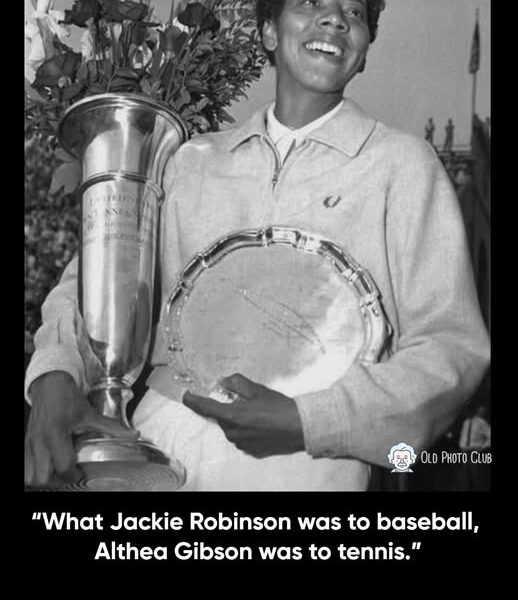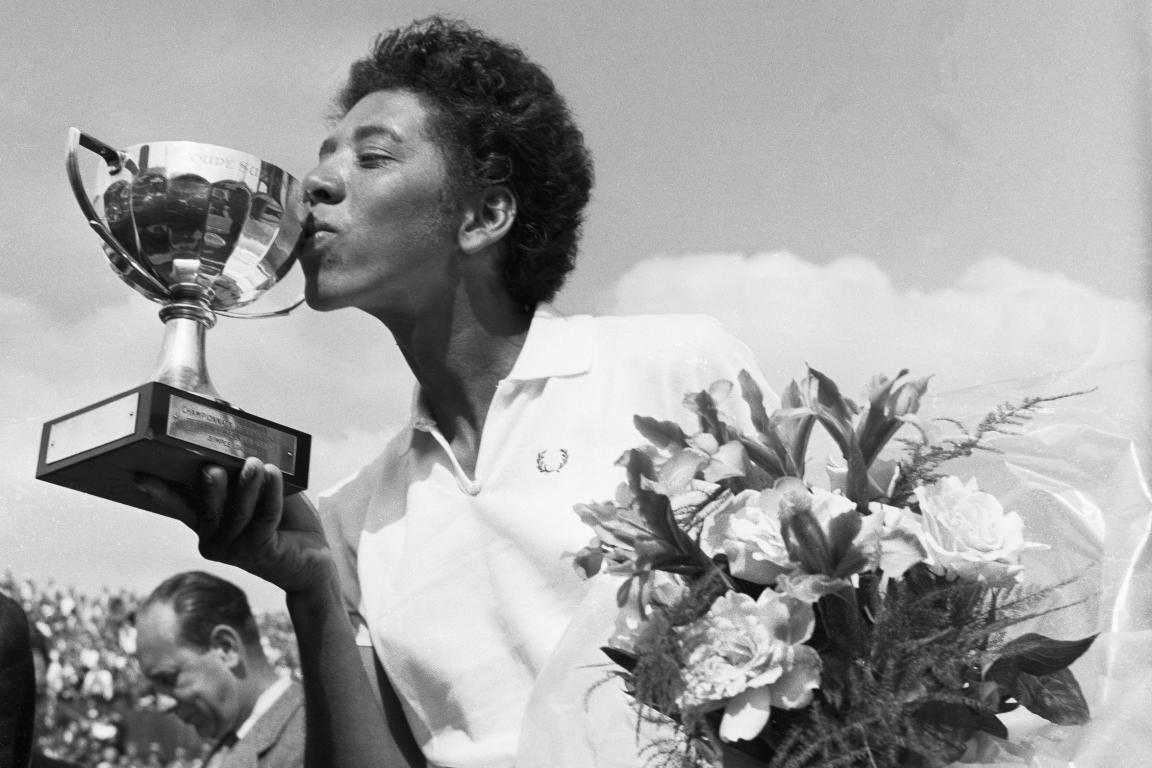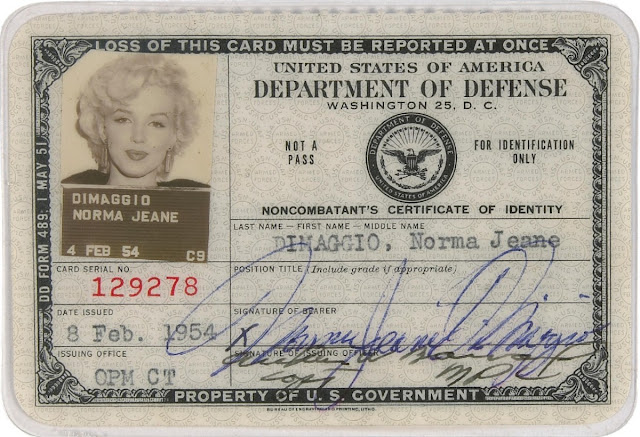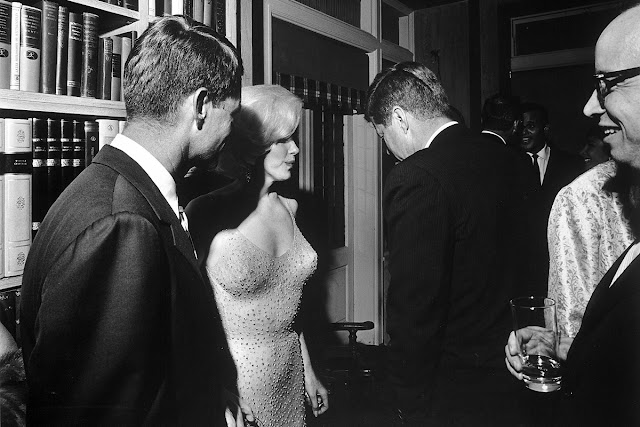Althea Gibson: The Trailblazing Athlete Who Broke Tennis Barriers and Changed Sports Forever
In the summer of 1950, a young woman named Althea Gibson stepped onto the courts of the U.S. Nationals (what we now know as the U.S. Open) and forever changed the course of tennis history. At just 23 years old, she shattered a racial barrier that had kept African American athletes out of the sport’s most prestigious tournaments. Like Jackie Robinson in baseball, Gibson’s presence wasn’t just symbolic—it was revolutionary.
Born in 1927 in the small town of Silver, South Carolina, and raised in the streets of Harlem, Althea’s early life was anything but easy. Her family struggled to make ends meet, and like many young Black children of her era, she faced the harsh realities of systemic racism and limited opportunity. But it was in Harlem, surrounded by asphalt courts and community programs, that she first picked up a racket. What started as a pastime would soon evolve into destiny.
By 1950, America was still deeply segregated, and tennis was largely considered a sport for the elite and wealthy—played at country clubs and dominated by white athletes. The notion of a Black woman competing on the biggest stage of tennis was almost unthinkable. But Gibson’s undeniable talent, courage, and relentless perseverance made the impossible, possible.
Her entry into the U.S. Nationals marked the breaking of tennis’s color barrier, a moment that resonated far beyond the boundaries of sport. Headlines compared her to Jackie Robinson, the man who broke baseball’s racial divide just three years earlier. But Althea Gibson wasn’t simply following in someone else’s footsteps—she was forging her own path.
Althea Gibson was not satisfied with just “being there.” She came to win. And win she did.
Between 1956 and 1958, Gibson dominated the world stage. She reached 19 major finals and captured 11 Grand Slam titles across singles and doubles. In 1956, she won the French Championships, becoming the first African American to lift a Grand Slam trophy. The following year, she reached the pinnacle of her career, winning Wimbledon and the U.S. Nationals in 1957. She repeated her U.S. Nationals victory in 1958, securing her place among the all-time greats.
Her Wimbledon win in 1957 was especially historic. Standing before royalty and international fans, Gibson accepted the trophy from Queen Elizabeth II herself. With grace and pride, she became not just a tennis champion, but a symbol of progress, dignity, and possibility.
Gibson’s triumphs extended beyond the tennis court. In 1957, she became the first African American woman to appear on the cover of Time Magazine (August 26 issue) and Sports Illustrated (September 2 issue). These covers weren’t just personal milestones; they were cultural landmarks.
At a time when mainstream media rarely showcased Black women in positions of power, Gibson’s face told a new story: greatness has no color. Her success challenged stereotypes and reshaped perceptions about race, gender, and athletic excellence.
While most athletes would have been satisfied with a legendary career in one sport, Gibson was not “most athletes.” At age 37, she broke another barrier by becoming the first Black woman to compete on the LPGA Tour, proving that her talent stretched beyond the tennis court.
Though she never won a golf title, her presence on the tour was no less significant. She faced racism, exclusion, and skepticism yet again—but as always, she pressed forward. Gibson’s willingness to challenge boundaries, even outside her comfort zone, reinforced her status as a true trailblazing athlete.
What makes Gibson’s story so powerful is not only her achievements but the journey behind them. She rose from poverty, fought through discrimination, and turned rejection into resilience. Her inspirational life story resonates because it is about more than sports—it’s about determination, identity, and hope.
Every match she played, every trophy she lifted, and every barrier she broke sent a message to the world: no one can define your limits but you.
Today, the Althea Gibson Tennis Complex in Wilmington, North Carolina, stands as a tribute to her groundbreaking career. But her true legacy is far greater. It lives on in every athlete who takes the court knowing they belong, regardless of race or gender.
When Serena and Venus Williams rose to dominance decades later, they acknowledged the doors that Gibson had opened. Billie Jean King once described her as “the Jackie Robinson of tennis,” but Gibson was also uniquely herself—a pioneer whose courage transformed the game.
In a world still grappling with issues of equity and representation, Gibson’s journey remains deeply relevant. She proved that sports can be a platform for social change and that athletes have the power to challenge injustice simply by excelling in their craft.
Her story is not just about tennis—it’s about breaking barriers in sports, inspiring generations of women in sports history, and showing what resilience truly looks like.
Althea Gibson’s name deserves to be spoken alongside legends—not just of tennis, but of American history. She was more than an African American tennis legend; she was an icon of courage, perseverance, and triumph.
From her humble beginnings in Harlem to lifting trophies at Wimbledon and the U.S. Nationals, from gracing magazine covers to breaking into professional golf, Gibson’s life was one long rally against doubt and discrimination. And in the end, she won—not just for herself, but for everyone who came after her.
Her legacy lives on in every young athlete who dares to dream, in every woman who refuses to be underestimated, and in every individual who breaks through a barrier knowing that greatness has no boundaries.
Althea Gibson was, and forever will be, a champion—on the court, in history, and in the hearts of those inspired by her story.






